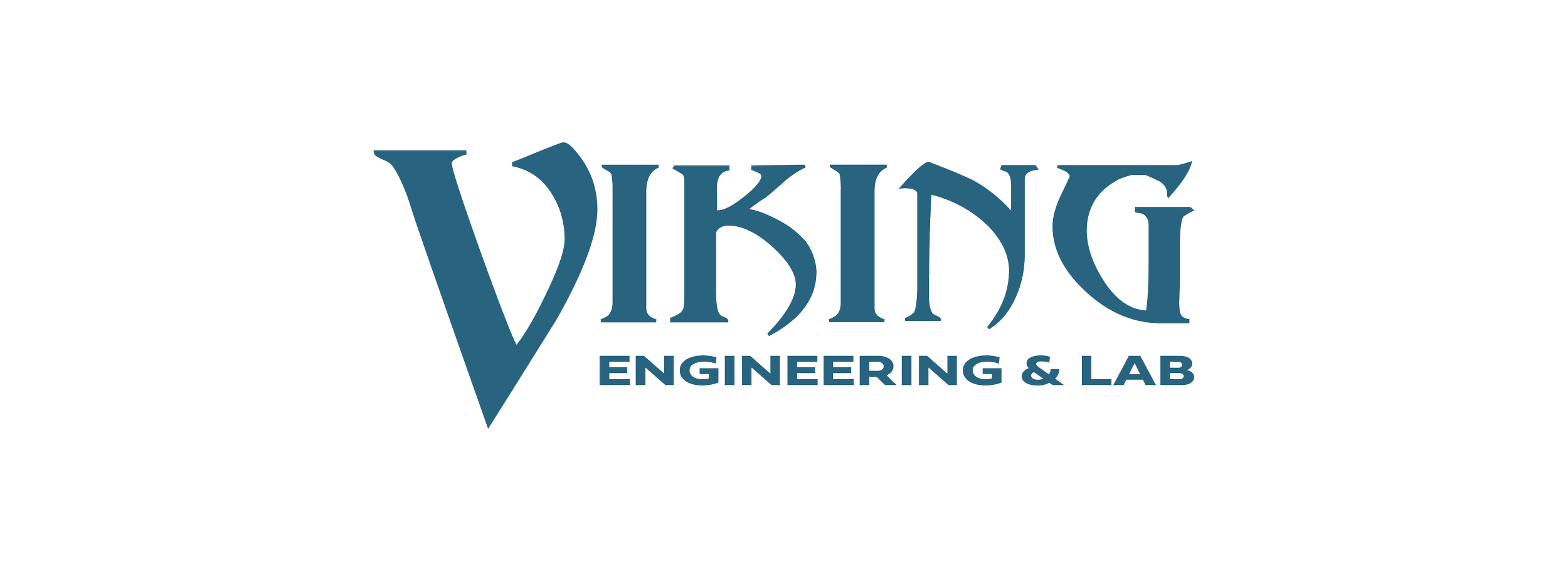Hydrate & Wax Blockage Remediation
Start here with content…Nature of blockages determined early on enabled adoption of the optimal remediation method and significant cost savings
Location: West Africa
BACKGROUND
A West Africa field operator witnessed an abnormal increase in pressure topsides when the flowline circulation pump was used to pump dead oil into the production line. No increase in subsea pressure was observed. Operational history prior to blockage hinted at the possibility of the presence of one or both wax and hydrate blockages in the production line. Depressurization options were limited by the blocked gas lift line.
CHALLENGE
Deepwater field with dead leg and blockage of unknown nature in one of the production lines in a dual-line flow loop system.
Gas lift line not operational due to the presence of a blockage.
SOLUTION
GATE performed in-depth review of the flow assurance strategy, production chemistry of the fluids, results from the laboratory tests of fluid samples, field production and operational history, condition of the PT sensors and the sensor readings.
Nature and location was determined to be wax deposited between manifold 2 and 3 in the production line, and a hydrate at the riser base of the gas lift riser.
The operational and business objectives of the client were understood to come up with fit-for-purpose blockage remediation options, ranking the options based on the cost involved, complexity and probability of success. A risk/rewards matrix was developed.
Pressure-based and chemical-based methods were used to remediate the blockages in the production line as well as the gas lift line.
PLAN OF EXECUTION
The production line with the blockage was depressurized to the lowest possible pressure topsides.
Nitrogen was injected topsides to displace fluid on top of the blockage minimizing pressure head.
Methanol (MeOH) and Xylene were injected subsea to create maximum pressure differential across the blockage.
The gas lift line was single side depressurized from topsides with alternating MeOH injection subsea.
TECHNICAL ACHIEVEMENTS & BENEFITS
The nature of the blockages in the production and gas lift lines were determined early-on through an in-depth engineering assessment of the flow assurance strategy, production chemistry, and operational history. This enabled adoption of the optimal blockage remediation methodologies.
Production was not impacted during the remediation process.
Existing facilities and chemicals were used without the need to mobilize vessels. This resulted in significant cost and time savings for the customer.
Post remediation measures and changes to the existing operation philosophy and operating procedures were provided as value-added services.



